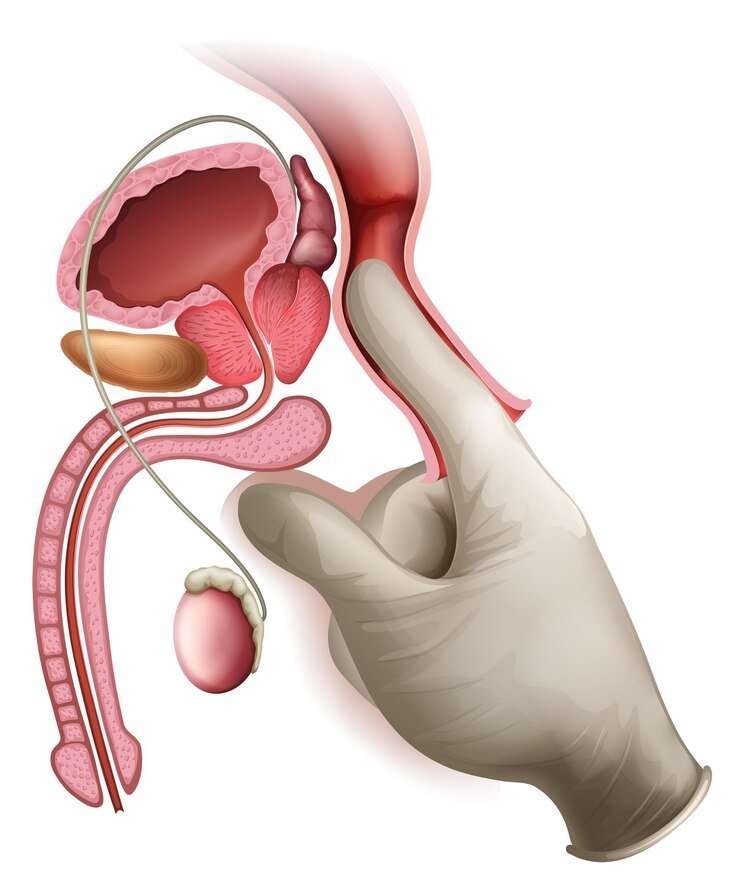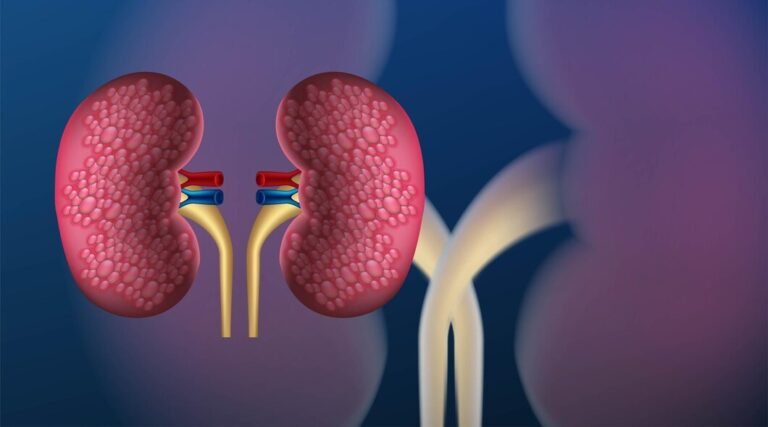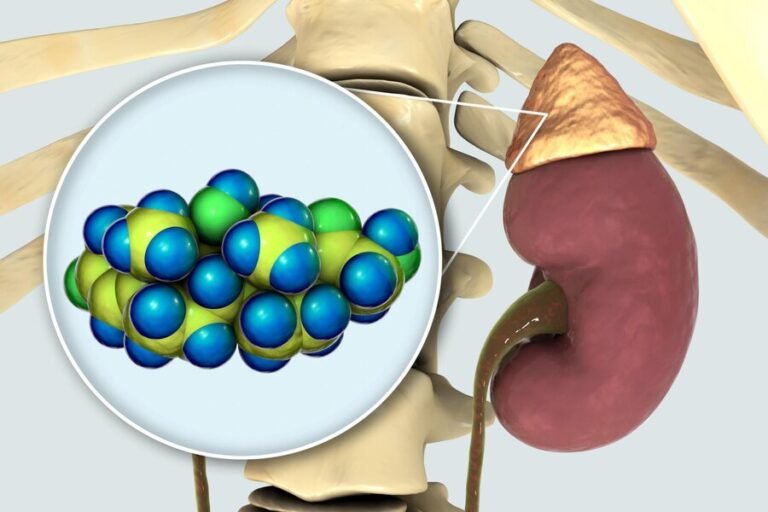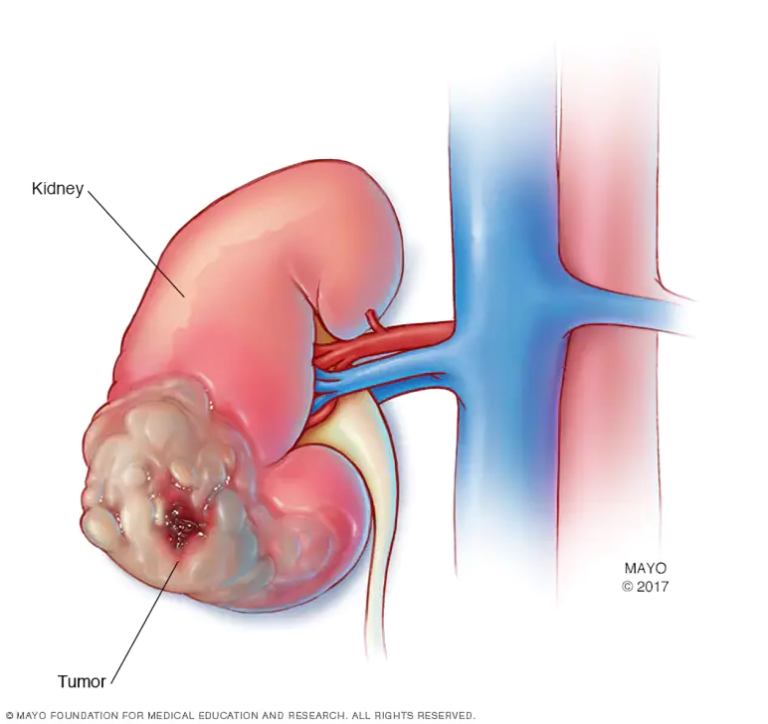Breaking Down Bladder Stones: Causes, Symptoms, and Treatment Strategies
Bladder stones, though not as prevalent as kidney stones, can cause substantial discomfort and impact urinary health. Understanding the causes, recognizing symptoms, and exploring treatment strategies are pivotal in managing this urological condition.
What Are Bladder Stones?
Bladder stones are crystallized minerals that form in the bladder when urine becomes concentrated. The minerals gradually combine to create hard masses, ranging in size from small grains to larger stones. These stones can hinder normal bladder function and lead to various complications if left untreated.
Causes of Bladder Stones
- Mineral Imbalance: A surplus of minerals in the urine, such as calcium, oxalate, or phosphate, can contribute to the formation of bladder stones.
- Urinary Tract Infections (UTIs): Infections can cause changes in urine composition, promoting the crystallization of minerals.
- Incomplete Emptying of the Bladder: When the bladder doesn’t empty completely during urination, it creates an environment conducive to stone formation.
- Enlarged Prostate: In men, an enlarged prostate can impede the bladder’s ability to empty fully, fostering conditions for stone development.
- Dehydration: Insufficient fluid intake can lead to concentrated urine, facilitating the crystallization of minerals.
Symptoms of Bladder Stones
The symptoms of bladder stones can vary in intensity, and some individuals may remain asymptomatic. However, common signs include:
- Pain or Discomfort: Pain during urination or in the lower abdomen is a frequent symptom.
- Frequent Urination: The urge to urinate more frequently, often with small amounts, may indicate the presence of bladder stones.
- Hematuria: Blood in the urine can occur due to irritation of the bladder lining by the stones.
- Cloudy or Foul-Smelling Urine: Changes in urine appearance or odor can signal the presence of stones.
Diagnosis and Treatment
- Diagnostic Tests: Imaging studies, such as ultrasound or X-rays, help visualize the stones in the bladder.
- Medical Management: Small stones may pass on their own with increased fluid intake. Medications may be prescribed to alleviate pain and dissolve certain types of stones.
- Lithotripsy: This non-invasive procedure uses shock waves to break down stones into smaller fragments that can be passed more easily.
- Surgical Removal: For larger stones or those that don’t respond to other treatments, surgical intervention may be necessary.
- Preventive Measures: Lifestyle modifications, including staying well-hydrated, maintaining a balanced diet, and treating underlying conditions, can help prevent the recurrence of bladder stones.
Conclusion
Understanding the causes, recognizing symptoms, and exploring treatment strategies are crucial steps in effectively managing bladder stones. Early detection and intervention play pivotal roles in minimizing discomfort and preventing complications. If individuals experience symptoms indicative of bladder stones, seeking prompt medical attention ensures a comprehensive evaluation and tailored treatment plan. By breaking down the complexities of bladder stones, individuals can take proactive steps towards urinary health and overall well-being.







